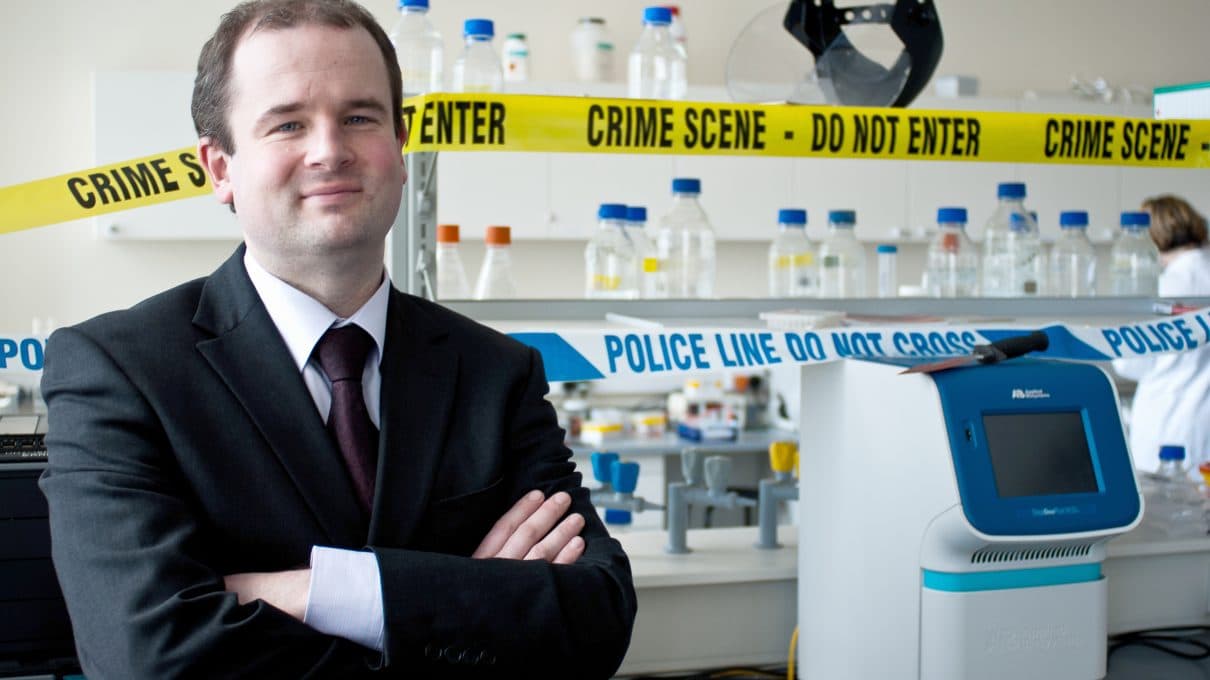The Rusty Nail That Almost Killed Me
Three years ago, Michael Porter went into a coma and almost died. Now – with one arm less – he wants to educate the public about the dangers of sepsis.
After he scraped his hand against a nail while he was repairing his garden gate at his home in 2015, Michael Porter didn’t think much of it. Living just outside of Lancashire, England, the 45-year old university professor simply washed the bruise and stuck on a Band-Aid.
72 hours later, he was in a coma.
Michael had developed sepsis, an extreme illness and medical emergency in which the immune system ends up injuring its organs as it tries to fight an infection. It affects about 30 million people a year worldwide, killing almost a quarter of them, and leaving the rest with physical and mental scars.
Three months later, Michael woke up, but didn’t make it out of his coma intact. His arm had to be amputated, and he spent the better part of the next year fighting his way back to health.
What was ironic about Michael’s battle with sepsis is as a biology and genetics professor, he had lectured on the dangers of sepsis.
Now, three years later, his personal struggle with sepsis has transformed his understanding of the condition and how he approaches life itself. Folks spoke to him to learn more.
You contracted sepsis after you scraped your hand against a nail. Can you tell us more about what you were doing?
It was Christmas Eve, 2015 and I had some spare time and a chance to knock another job off my to-do list. The garden gate was not closing correctly, so I went out and spent an hour getting it fixed. It was the last DIY job I ever did with two hands.
I scraped my hand on a nail and got a minor cut which bled and was washed out but was really just a minor nick, that people working with their hands probably get on a daily basis.
What were you thinking as your condition worsened? Did you ever think you might have sepsis?
While I had taught people about sepsis in the past, I was cursed with the typical thought that ‘it only ever happens to other people’, but this time I was the other person. The onset of sepsis can be very rapid, in my case about 48 hours, and by the time my condition had got serious, it was moving very fast indeed. By that point, I wasn’t thinking clearly anymore. That’s why often the people who spot sepsis are the family or friends, not the patient. In my case, I owe my brother my life, because he spotted that it could be sepsis and the whole family rushed me to the ER.
I sometimes like to think of [sepsis] as a match being lit. There is a tiny spark at the type of the matchhead, which then spreads out getting faster and faster until the whole match is consumed.
The first sign was the muscle pain. I had a sore armpit that I put down to a new deodorant I’d used that morning. In reality, it was necrotising myositis: my muscle was literally dying and, as the muscle was breaking down, it was poisoning my body further.
As the sepsis progressed, I started showing more of the classic signs. I had extreme shivering, and stopped passing urine. My skin only became mottled and discolored in the hospital, but by then, I was more concerned about the confusion and extreme breathlessness. I really was dying.
It was months then before I re-emerged from my coma, at the end of March. In the meantime, my wife and family had been told that I probably wouldn’t make it past the first night. They had watched me be resuscitated several times because I was in multiple organ failure with artificial respiration and dialysis.
They said goodbye to my arm and gave permission for the amputation, not knowing if it would even save my life.
How did you feel when you first emerged from the coma?
When I first emerged from the coma, I was very confused, but became very quickly aware of my missing arm, even though I could still feel it… and can, in fact, still feel it to this day.
Having been told that the amputation was life-saving, I thought: well, I’m alive and I’ll manage. I always work on the principle that what you can’t change, just accept and look to the positives.
There’s an expression: “I’d give my right arm for that.” Well, I gave my right arm for life. Seems like a fair exchange.
What was rehabilitation like? What was the hardest part?
Waking up from a 3-month long coma, I had lost 82 pounds in weight and had almost no muscle strength left. Even pressing the nurse call button was too much for me, at that time. From there I had to begin a long process of strengthening my muscles and re-learning to walk.
Walking was particularly difficult as I only had the one arm to support myself with and peripheral neuropathy meant that the sensations coming back from my feet and hands were confused or absent.
Amazing support from a range of physiotherapists allowed me to rehabilitate and begin to move and then walk again. Even to this day, however, peripheral neuropathy and muscle weakness continue to haunt me. Yet I still consider myself very lucky as amongst the 40% of people who have ongoing problems, as a result of sepsis, my problems are minimal in comparison.
Perhaps the hardest part of my rehabilitation was psychological, rather than physical. Losing a limb feels like a personal bereavement because, even excluding vanity, we all have an image of our self and this includes (for most people) 2 arms and 2 legs.
Being able to look at myself in a mirror, even with a shirt on, took a long time. It took even longer for me to be able to touch what was left of my arm. Thankfully the British National Health Service ensures that psychologists work hand-in-hand with physiotherapists and prosthetists to help people who have undergone amputation. They also help me with the PTSD which is commonly seen in sepsis survivors and their family.
You’re actually an expert on sepsis, can you tell us about how and why people develop the condition?
The important thing to remember is that sepsis is not caused by any one bacteria or virus. It’s an overreaction by the body to infection, which rapidly escalates. That’s why good stewardship of antibiotics is so important, as they are the primary treatment when sepsis is diagnosed. Without them, a very large proportion of the 30 million people who get sepsis annually, across the world, would die. As it is 6 million will die, with about a 1/3 of them being children. 40% of those who survive will still have ongoing problems, as a result of the condition.
Who will get it and when is still a mystery, which is why scientists like myself continue to work on this problem. There are suggestions that aspects such as vitamin D levels may have an impact, but this research is still at an early stage.
Unfortunately, while it may be possible to treat the original infection with antibiotics, there is no specific cure for sepsis” only the symptoms can be treated. New research, however, shows that metformin, a drug used to treat type 2 diabetes, can reduce the impact of sepsis by limiting the body’s immune reaction and protecting it from damage by free radicals (oxygen-rich molecules that can damage cells).
Other promising research suggests that gene therapy may prove important in tackling sepsis, by targeting a protein produced in the body called NF-kB, which malfunctions during sepsis. If successful, these and other treatments in development have the potential to save lives and reduce the long-term impact of the disease on survivors.
The latest research seems promising, but the greatest defenses we have again sepsis are remarkably simple. These include good infection control in hospitals, good handwashing habits, clean water, and safe childbirth. But the greatest defense is awareness, which is shockingly low across the world among medical professionals and the public alike.
Surveys suggest that only 40% of people in Australia have heard of sepsis and only one-third of this group are able to identify a single symptom. Figures are even lower in Brazil where only 14% of the public know what it is. And, although campaigning in the UK and Germany has created an awareness in over 60% of people, knowledge of the warning signs is still limited.
As you’d expect, awareness is higher among healthcare professionals – but there is a need for greater education within this group. A definite diagnosis is often difficult, and efforts are being made to establish clear guidance for healthcare workers across the world, including the roll-out of an internationally recognized protocol for the early identification of sepsis called Sepsis 6.
With time, scientific research may provide new treatments – but in the short term, greater awareness of the condition among the public and medical professionals is likely to have the biggest effect on saving lives and minimizing harm.
Do you think your personal experience with sepsis has impacted your professional work? In what way?
As both a sepsis survivor and an academic, what was just a topic of interest has become a real passion. Advancing sepsis research is very important to me, as well as educating the public, health professionals, medical students, and the scientists of tomorrow.
I spend a considerable amount of time talking to a range of audiences, the print media, and broadcast media in various countries to tell people about sepsis research and raise awareness of the condition.
Physically, I am still able to do the work of an academic and so I am in a fortunate position, which many people don’t share. I make good use of voice recognition software, and in the lab I also rely on a prosthetic arm, which returns a lot of my previous functionality.
When you lecture on sepsis, what is the most common question?
People are always very curious about sepsis, although the questions they ask are different depending on the audience. Scientists and health professionals tend to ask more specific questions about the condition and the research, but every group asks: “how was it for your family?” and “can you still feel your arm?”
The most difficult question to answer has always been: “If you could go back in time, would you rather you hadn’t lost your arm?” Obviously, I would love to have both arms, but being so close to death has given me a renewed zest for life and a determination not to waste any of it. My story has also potentially saved others from going through the same thing or even losing their lives. So, on balance, perhaps it has been worth it.
The article above was written by Benjamin Peim for Folks and is shared here with his/their explicit consent. The views in the article do not necessarily represent those of the Global Sepsis Alliance. They are not intended or implied to be a substitute for professional medical advice. The whole team here at the GSA and World Sepsis Day wishes to thank Michael Porter and Folks for sharing this story and for fighting to raise awareness of sepsis.
If you were touched by Michael’s story, please reach out to him on Twitter, check out Folks, or donate to World Sepsis Day. Thank you.

